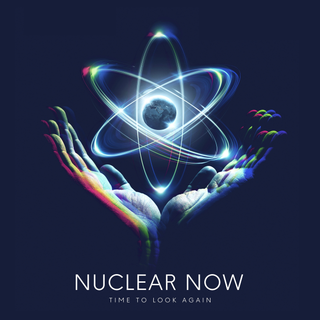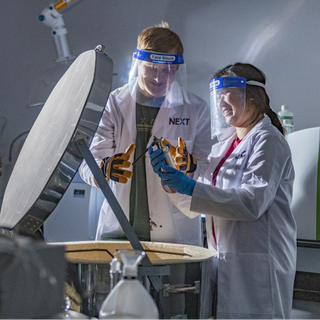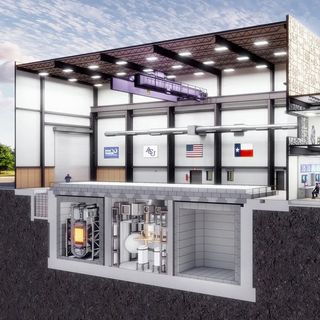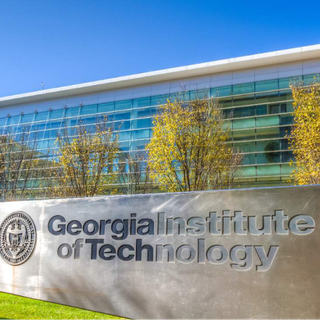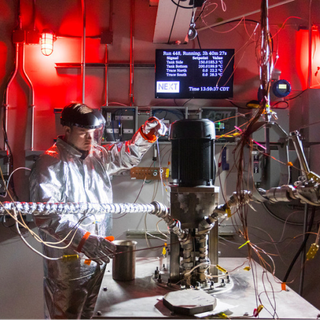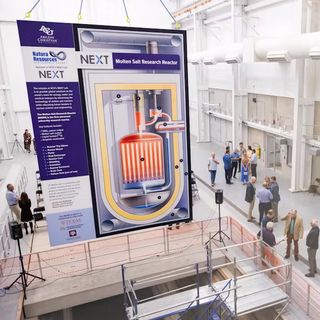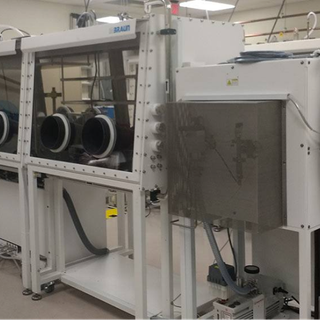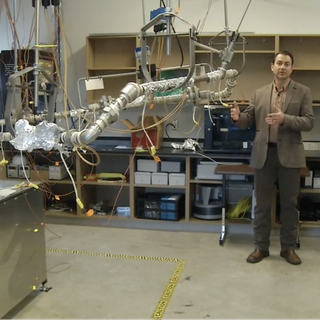
Rapidly Moving
Emissions-Free
Electricity Forward
The Fastest Path
to Production
To accelerate our deployment of small modular molten salt reactors we made the decision to start with the development and deployment of a 1MWth liquid-fueled molten salt reactor system, the Natura MSR-1.
The Natura MSR-1 at Abilene Christian University will be the first deployment of a liquid-fueled molten salt reactor since the 1960s. We are paving the way to commercial deployment of molten salt reactor technology.
Introducing the Natura MSR-1
The Natura MSR-1, a 1MWth liquid-fueled molten salt reactor system, will be deployed as a molten salt research reactor (MSRR) at Abilene Christian University. This deployment of the Natura MSR-1 will demonstrate succesful licensure of a liquid-fueled reactor with the Nuclear Regulatory Commission (NRC) and provide us with a real-time test bed to gather data and develop models to support large-scale commercial reactor deployment.
This reactor deployment scheduled to begin operations in 2026 is paving the way for Natura's deployment of small modular molten salt reactors.



Reactor Enclosure
The reactor enclosure is located at the far end of the trench and consists of the reactor vessel, drain tank, primary heat removal system, reactor access vessel and pump. The fission process takes place within the reactor vessel and the generated heat is transferred to the adjacent section of the trench via the secondary cooling system.
Secondary Systems
Additional systems such as the secondary cooling system, salt purification system and gas management system are located adjacent to the reactor enclosure.
Heat generated by the reactor will be dissipated to atmosphere via a radiator located in this section of the trench.
Future Development
The far end of the research bay trench has no designated systems and is intended for future R&D use. This area could be utilized to integrate additional systems into the MSRR, or possibly to deploy another Gen-IV reactor demonstration.
The Science and
Engineering
Research Center
(SERC)

The Science and Engineering Research Center (SERC) at Abilene Christian University (ACU) is the first advanced reactor demonstration facility in the U.S. outside of a national lab. This multi-use facility will be the deployment site for Natura's first reactor system in 2026.
50 ft tall
40-ton crane
80 ft long
15 ft wide
25 ft deep

Construction began on the Science and Engineering Research Center (SERC) in March of 2022 and was completed in August of 2023. The SERC is the first advanced reactor demonstration facility built in the U.S. outside of a national lab and will be the site of Natura Resources' first advanced reactor deployment.
Meet the
MSRR Team
Natura Resources, LLC, brought together Abilene Christian University, Texas A&M University, The University of Texas at Austin and The Georgia Institute of Technology to form the Natura Resources Research Alliance, a revolutionary partnership between public and private universities and private industry. The Natura Resources Research Alliance was established to design, build, and license
- The 1st-ever liquid-fueled Molten Salt Reactor (MSR) with the U.S. Nuclear Regulatory Commission
- The 1st university research reactor in the last 30 years
- The 1st-ever university advanced research reactor
Abilene Christian University
The mission of ACU’s NEXT Lab is to provide global solutions to the world’s need for energy, water and medical isotopes by advancing the technology of molten salt reactors while educating future leaders in nuclear science and engineering. Natura's support of the NEXT Lab represents the largest sponsored research agreement in ACU's history.
The Georgia Institute of Technology
"We're excited about this opportunity to engage with colleagues in industry and academia," said Dr. Steve Biegalski, program chair for nuclear and radiological engineering and medical physics. "It is a great opportunity for our faculty and students to apply their expertise to a real-world design project. We know it will be a valuable learning experience for all involved.
Texas A&M University
“Texas A&M plays an important role on the team, supporting the design, thermal management and fuel characterization efforts toward the reactor,” said Tsvetkov, associate professor of nuclear engineering and lead of the Texas A&M team. “We are excited to be part of the consortium. This is going to be the first advanced reactor to be built in the 21st century in the U.S. and the first to be built as a university research reactor. It will enable the nuclear engineering community, as well as serve the strategic role of workforce development supporting advanced reactors. Dr. Kimber and Dr. McDeavitt have years of unique experience in important areas of the project, allowing us to provide high-impact assistance to the team.”
The University of Texas
“Nuclear energy is already our most effective tool against climate change,” said Dr. Derek Haas, assistant professor in the Walker Department of Mechanical Engineering and lead of the UT Austin team. “The molten salt research reactor will provide the United States a testbed to develop the next generation of even safer, more efficient nuclear reactors.”













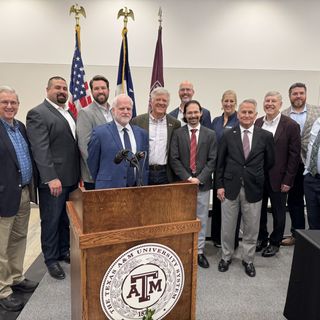
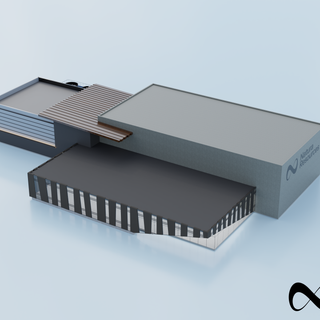
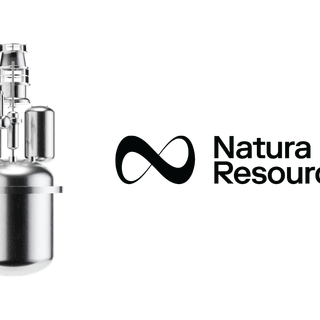
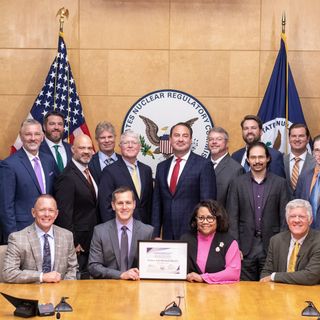

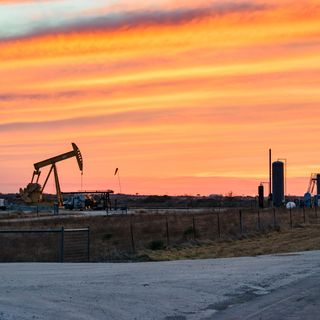
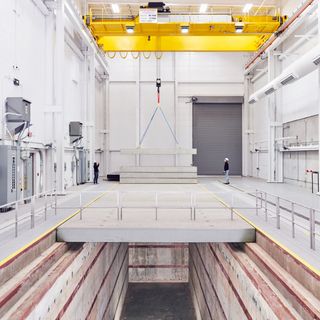
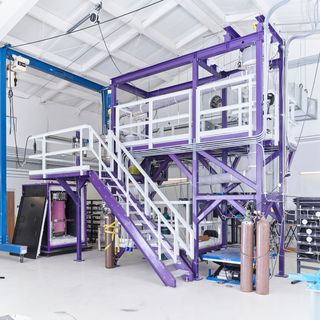


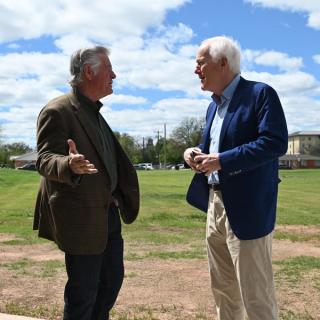

%20Dr.%20Phil%20Schubert_John%20Zachry_Douglass%20Robison_Dr.%20Rusty%20Towell.jpg?rect=49,0,1269,1269&w=320&h=320&fit=min&auto=format)


